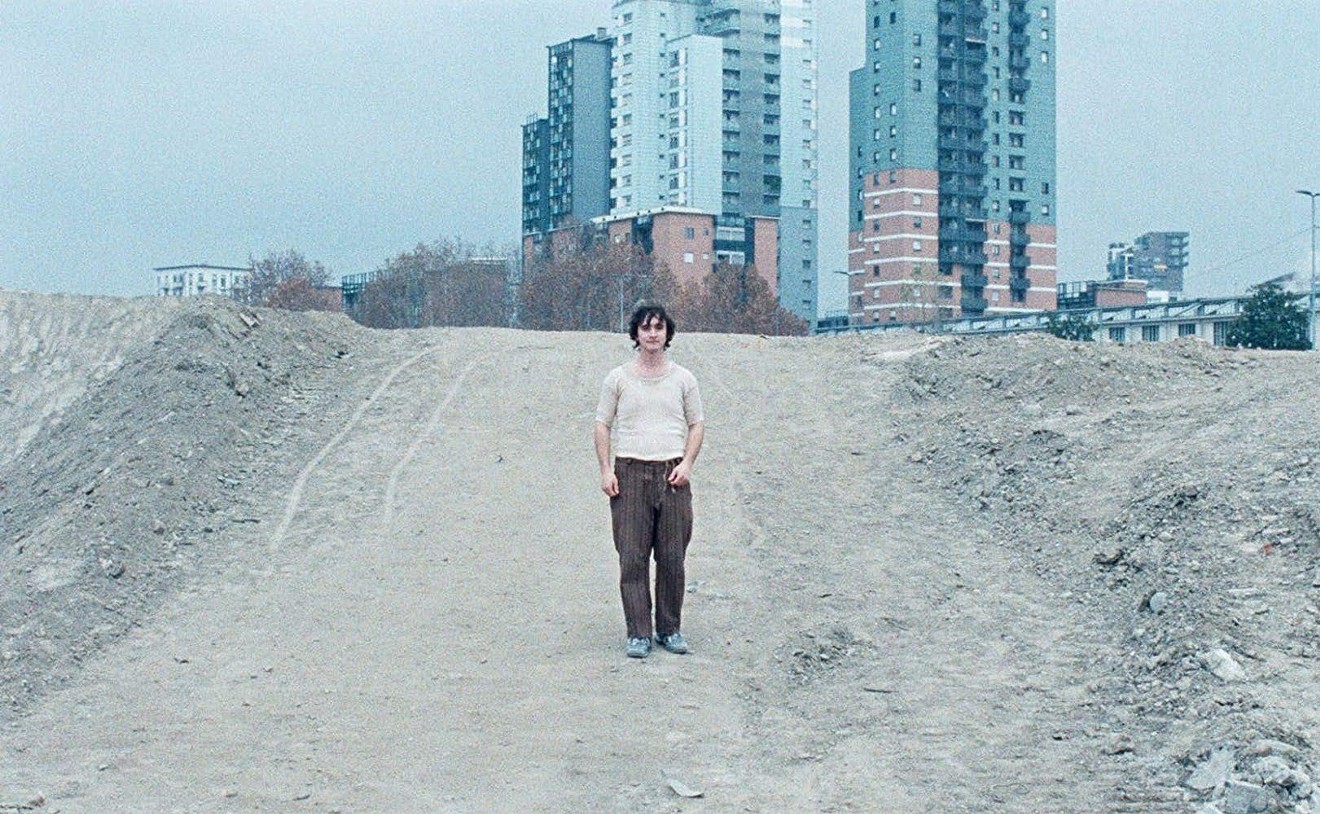That’s not to say Happy as Lazzaro is some international crowd-pleaser. Or that Netflix’s late-in-the-year spate of new movies worth watching — Tamara Jenkins’ Private Life, Sandi Tan’s Shirkers, Orson Welles’ The Other Side of the Wind, the Coen Brothers’ The Ballad of Buster Scruggs and Alfonso Cuarón's upcoming masterpiece Roma — makes up for its Cloverfields and Adam Sandler sprees. But bringing the vibrant Happy as Lazzaro to American screens is a public good, whether viewers make it through the film’s lyric, unrushed first half or not.
As in The Wonders, which won the Grand Prix at Cannes, Rohrwacher here sets a pastoral vision of Italy’s past clashing with the reality of the present. This time, we meet the sharecropping peasants of the remote village of Inviolata, living lives of seasonal
Rohrwacher follows the low-key misadventures of angel-faced Lazzaro (Adriano Tardiolo), a lanky naif who rarely speaks, is prone to extended stupors and has the dreamy look of Elijah Wood’s Frodo Baggins. He larks around with his layabout pal Tancredi (Luca Chikovani), the son of the local landowner, who eventually enlists Lazzaro into a scheme it’s not clear that Lazzaro understands: to fake a kidnapping in order to get the ransom money. Happy as Lazzaro takes its time building to that point, and then, just when you might be settling in with its neorealist crime plot, Rohrwacher upends everything, splitting the film in two.
You might want to skip this paragraph if you plan to watch the film. The location shifts to an Italian city. We’re still following Lazzaro, who now is homeless. There he meets a charmingly pathetic dog and then some of the villagers from the movie’s first half — they have aged while he hasn’t. We learn from a newspaper headline that Tancredi’s mother had kept the citizens of Inviolata in a state of indentured servitude for years after floods had separated the village from the rest of the country. Now, some version of the Inviolata sharecroppers has been freed into a society that’s not at all accommodating to them. Removed from the land they tilled and tended, they huddle in improvised homes by the train tracks, running small scams to get by. The arrival of young Lazzaro proves both heartening — hooray for his smiling face! — but also a burden — here is another mouth to feed! But then the naif, a sort of embodiment of agrarian optimism, begins to forage herbs and vegetables from the weeds, improving everyone’s lives. He even stirs in them the possibility of moving back home and squatting there, on the land they never owned.
Rohrwacher’s work unites a passionate interest in social realism, in the hardships faced by people on the streets and in the fields, with a daring refusal to be held by the rules of narrative realism. Happy as Lazzaro offers no explanations for its disruptions of time and space, for its jolting inconsistencies, for its baldly symbolic surprises or even for its characters’ continued hopefulness. They’ve spent lifetimes in a world set up to ravage the poor, and yet the happy residents of Inviolata traipse along, planning out new ventures, certain that somehow they can make things a little better for themselves. Is there any other way to live?
Happy as Lazzaro premieres November 30 on Netflix.












